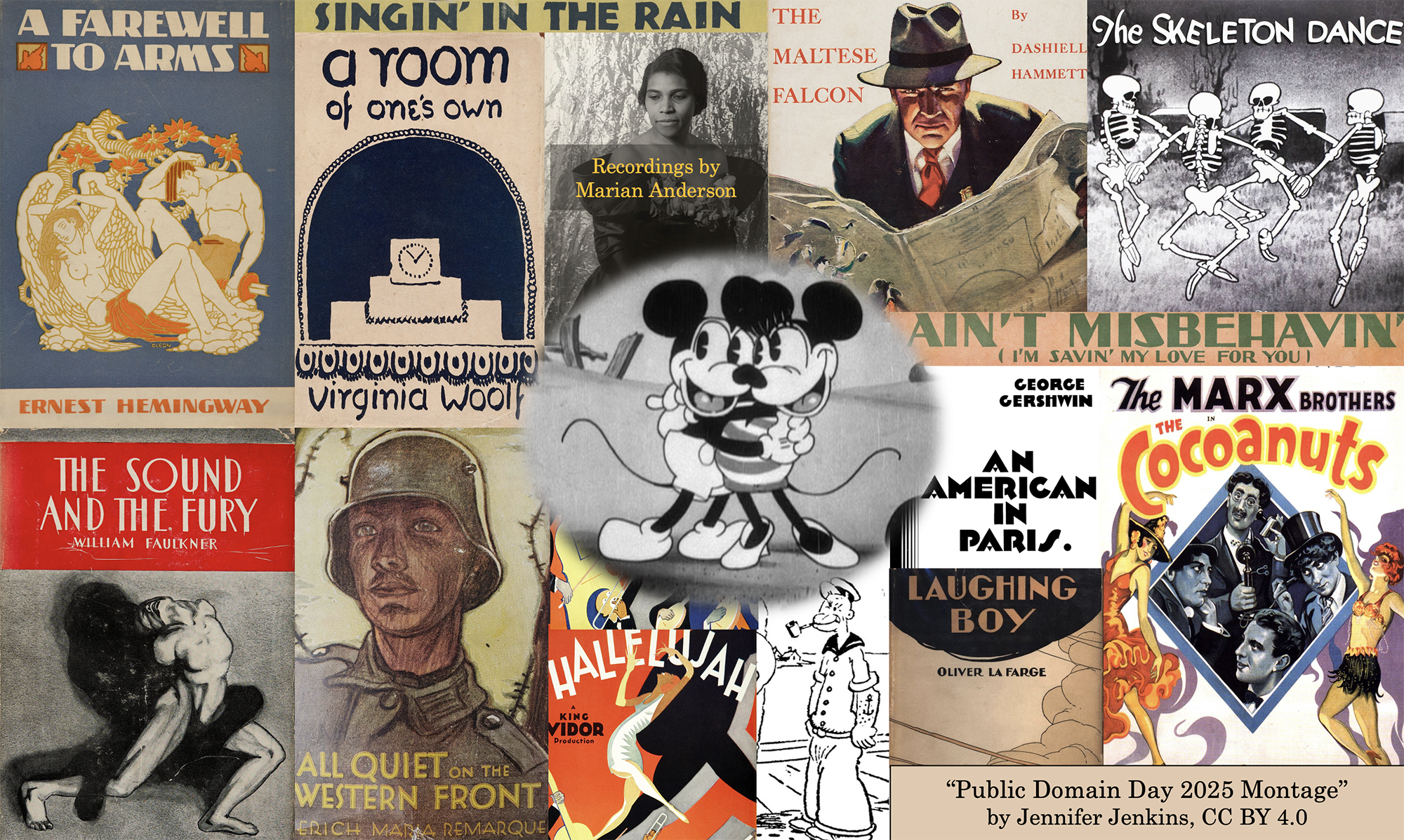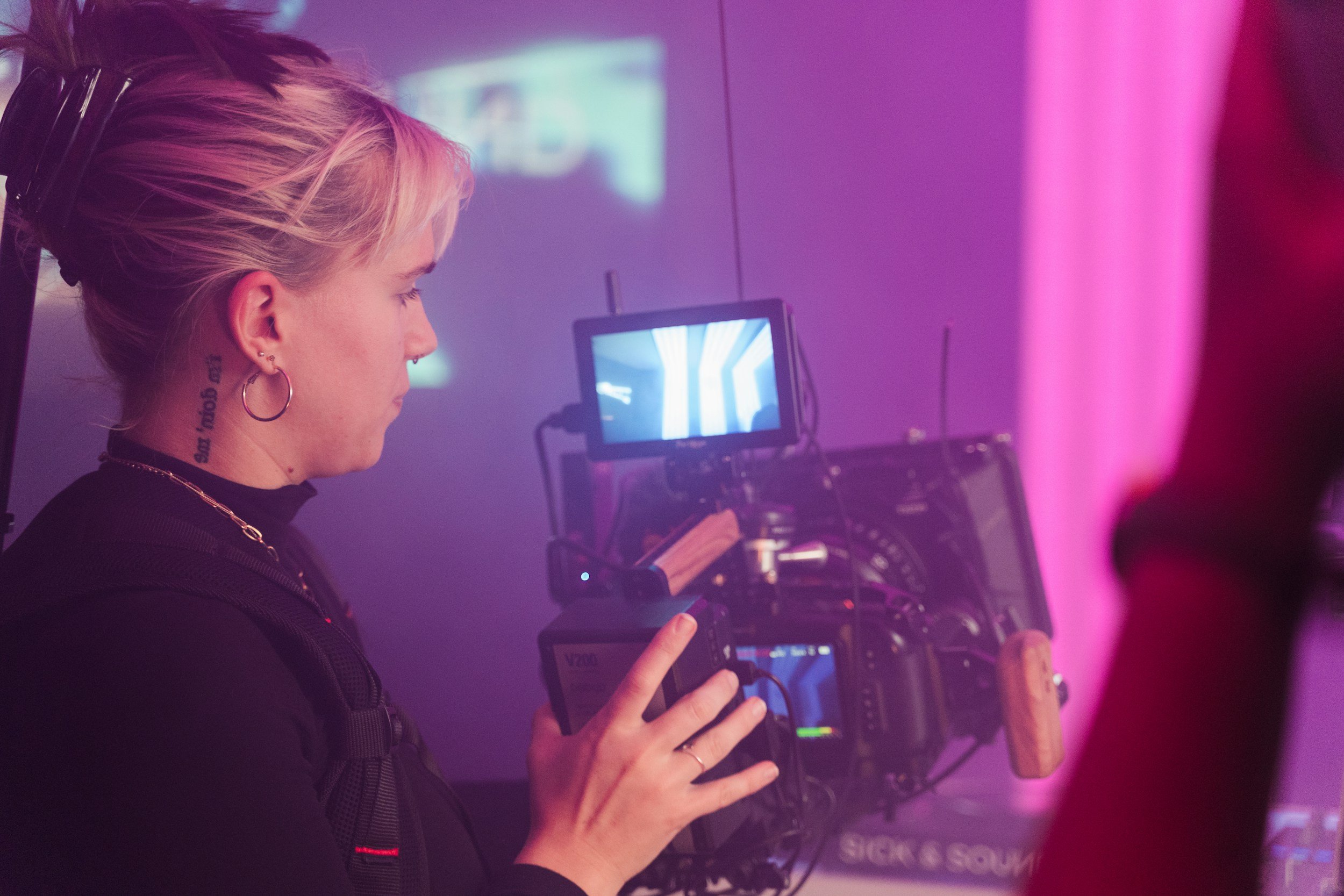Video Editing 101
By ERMW Team
Thursday, August 8, 2024
The Essence of Video Editing: More Than Meets the Eye
Video editing is far more than a technical skill; it's an art form that blends creativity with technical prowess. It involves sculpting narratives, evoking emotions, and conveying messages through a symphony of visual and auditory elements. A skilled video editor can elevate a simple collection of clips into a mesmerizing experience that captivates audiences. Here's a glimpse into the multifaceted world of video editing:
Sequencing: This is the backbone of your video's narrative. It involves meticulously arranging clips in a logical order to create a seamless flow of events, guiding the viewer through your story with clarity and purpose.
Cutting and Trimming: The editing room is where the magic of transformation happens. By carefully removing unnecessary footage and trimming clips to their essence, you can control the pace, rhythm, and overall impact of your video.
Transitions: Think of transitions as the glue that binds your scenes together. Whether it's a simple cut, a fade, or a more creative transition like a dissolve or a wipe, they create visual continuity and enhance the viewing experience.
Audio Enhancement: Sound plays a pivotal role in video storytelling. Adding music, sound effects, and voiceovers can evoke emotions, set the mood, and amplify the impact of your visuals.
Color Correction and Grading: Color is a powerful tool in filmmaking. Through color correction, you ensure that your footage looks natural and consistent, while color grading allows you to create a specific mood or atmosphere, adding a touch of cinematic flair.
Visual Effects (VFX): Unleash your creativity with visual effects. Whether it's adding text overlays, creating animated graphics, or incorporating stunning special effects, VFX can elevate your video to new heights.
Helpful Hint: Understanding video editing vocabulary is essential in the learning process. We recommend this in-depth dive into the language you need to know by Phil Ebiner: 30+ Video Editing Terms You Should Know
Essential Video Editing Software: Your Digital Toolkit
The right video editing software is your digital canvas. There's a vast array of options available, catering to various skill levels and budgets. Here's a breakdown to help you choose the perfect tool for your editing journey:
Beginner-Friendly Options:
iMovie (Mac): Apple's intuitive video editor is perfect for beginners, offering a user-friendly interface and basic editing features.
Windows Movie Maker (Windows): A straightforward editor for Windows users, ideal for simple projects.
Filmora: This versatile editor caters to both beginners and intermediate users, offering a wide range of effects and tools.
CyberLink PowerDirector 365: Has lots of easy to use features for beginners to intermediate users.
Intermediate Powerhouses:
Adobe Premiere Pro: A professional-grade editor with extensive features for both video and audio editing.
Final Cut Pro (Mac): Apple's powerful editing software, known for its speed and efficiency.
DaVinci Resolve: A comprehensive editing suite renowned for its color grading capabilities.
Professional Workhorses:
Avid Media Composer: The industry standard for film and television editing, offering unmatched power and precision.
Free and Open-Source Alternatives:
Helpful Hint: When selecting your editing software, consider factors such as your budget, technical expertise, limitations of your computer hardware, and the types of projects you'll be working on. PC Mag’s article, “The Best Video Editing Software for 2024” by Michael Muchmore tests fifteen different products (many on the list above) and gives a good in-depth look into each.
Don’t feel like comparing and just want to get started? We recommend beginners try out Davinci Resolve’s free version of their software as they have a great, straightforward free training program to go alongside it. And once you have mastered your training and want to advance to paid software, upgrading to the full suite is under $300 for a lifetime license, which is significantly less investment than other subscription based suites over time.
Mastering the Fundamentals: Building Blocks of Video Editing
To become a proficient video editor, it's crucial to lay a solid foundation by understanding the fundamental concepts and techniques:
The Importance of Storyboarding and Shot Lists: Before you dive into editing, plan your video's structure with a storyboard and/or shot list. These outlines help you map out your shots, ensuring a clear narrative direction and saving valuable time in the editing process.
Understanding the Editing Timeline: The timeline is the heart of your editing software. It's where you'll arrange, trim, and manipulate your clips. Familiarize yourself with its layout and functions to streamline your workflow.
Cutting on Action: This technique involves cutting between shots during moments of movement. It creates a seamless transition that keeps the viewer engaged and maintains the flow of action.
Utilizing B-Roll Footage: B-roll refers to supplementary footage that adds context, visual interest, and covers cuts. It's a versatile tool that can enhance your storytelling and make your videos more engaging.
Matching Audio Levels: Inconsistencies in audio levels can be jarring for viewers. Ensure that audio levels across different clips are balanced to create a smooth and professional sound experience.
Color Correction and Grading: Learn the art of color correction to fix issues like exposure and white balance, ensuring a natural look for your footage. Then, dive into color grading to stylize your video and evoke specific moods.
Experimenting with Visual Effects: Don't be afraid to get creative with visual effects. Add text overlays, transitions, and other elements to enhance your video's visual appeal.
Check this out: HelloCharlie’s “The Fundamentals of Video Editing” on YouTube is a great resource to learn more about these concepts.
Advanced Video Editing Techniques: Taking Your Skills to the Next Level
As you gain experience, explore advanced techniques to elevate your video editing prowess:
Sound Design: Craft a rich soundscape by layering music, sound effects, and dialogue. Use audio strategically to build tension, create atmosphere, and guide the viewer's emotions.
Keyframing: Keyframing allows you to precisely control the movement, appearance, and attributes of elements over time. It's essential for creating smooth animations, transitions, and visual effects.
Multi-Camera Editing: If you have footage from multiple cameras, multi-camera editing allows you to seamlessly switch between different angles, creating a dynamic and engaging viewing experience.
Green Screen Compositing: With green screen footage, you can replace backgrounds, transport your subjects to different locations, and create fantastical worlds.
Motion Graphics: Add a touch of sophistication with motion graphics. Animate text, logos, and graphics to make your videos more visually appealing and informative.
Color Grading Styles: Experiment with different color grading styles to achieve specific looks, such as the cool tones of a thriller or the warm hues of a romantic comedy.
Already know your way around an editing bay? Watch, “Video Editing Skill Test: Are You (actually) Good?” by Cinecom.net on YouTube, which shows some great tips in Premiere Pro that even the most seasoned pros might not be aware of.
The Importance of Practice and Feedback
The path to mastery in video editing is paved with practice and continuous learning. Embrace experimentation, try new techniques, and seek inspiration from other creators. Don't hesitate to share your work with peers or online communities and welcome constructive feedback. Learning from your mistakes and refining your skills is key to growth.
Embracing Your Creative Journey
Video editing is a powerful medium for self-expression and storytelling. Embrace the journey, explore your unique style, and let your creativity flow. Remember, video editing is an evolving art form, so stay curious, keep learning, and most importantly, have fun! With dedication and passion, you can transform your ideas into captivating visual narratives that leave a lasting impact on your audience.
Have some tips you’d like to share? Drop us a suggestion below!

















